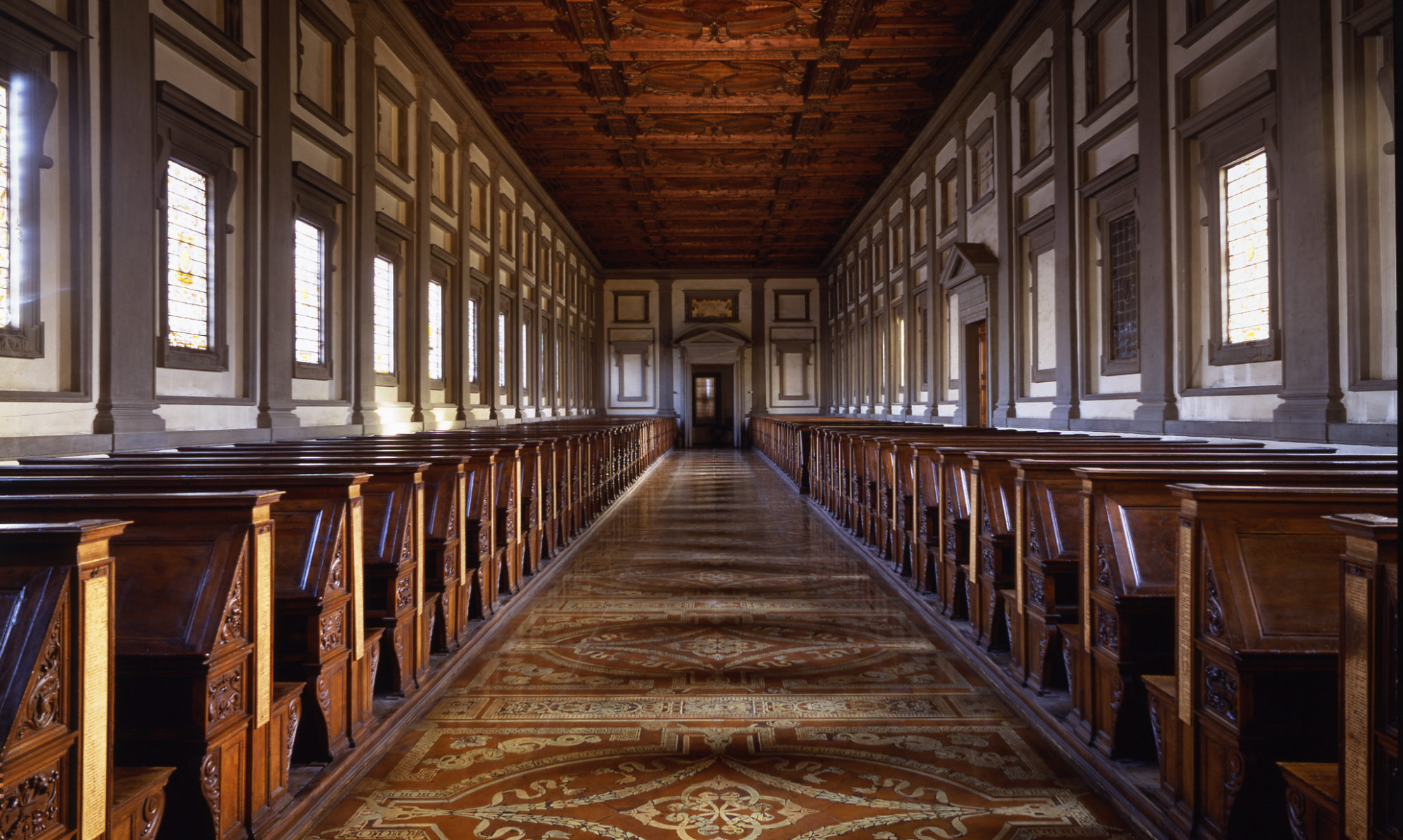I’ve been working with data from the Dumbarton Oaks Online Byzantine Seals Catalogue recently. Here is some of my work in progress (i.e., not yet fit for publication, but good enough to share for feedback!).
What makes this an interesting data set to explore is the unique window these seals (used to secure and authenticate documents) offers into exploring the culture of the Byzantine empire (a really important topic!).
To build my dataset, I scraped the Online Catalogue using Octoparse and Python and then cleaned the data using Tableau Prep. I then used Tableau to knowledge mine generated text fields of the Catalogue and PixPlot and Python to knowledge mine visual images from the Catalogue. Sooner or later, I’ll be putting everything onto GitHub for those who want to play with the data themselves.
Many thanks to Dumbarton Oaks for their assistance/guidance in this effort. All mistakes are solely my own.
Tableau:
Tableau is a tool that helps create exploratory dashboards. I’ve scraped the Online Catalogue’s web pages and then cleaned the data to analyze the text of various fields describing each seal. To explore the Seal Catalogue using my Tableau Dashboards, see here.
Composite Images:
Starting with an initial curiosity as to why PixPlot Approach 1 (below) found images of seals that featured saints to be so relatively close to those that featured the Virgin, I programmatically processed the seal images to build composite images. Here is a matrix of composite seal obverse images arranged horizontally by feature and vertically by century. Here is one of reverse images arranged the same way. Finally, here is an image of PixPlot Approach 1 with master composite images added for reference.
Three Collection Investigation Tools Compared
VikusViewer:
Vikus Viewer is a project developed by Christopher Pietsch. I’m fully in awe of the tool and sample use cases that he has created with it. Sometimes, one person is able to achieve an integrity and cohesiveness that often eludes a team. I particular appreciate the user interface he has come up with. I love how it allows for both the temporal and similarity display of images while allowing attribute exploration. For this particular collection, I think makes the collection shine better than PixPlot or CollectionScope (below). See here.
PixPlot:
PixPlot is a tool offered by the Yale DH Lab that uses machine learning to arrange images by similarity. As a base, I’m using the obverse images of seals from the 7th-12th century.
While I don’t think this tool and approach is necessarily enlarging our knowledge about seals, I do think this approach offers a compelling way to understand these seals in a different way.
- First, let’s tell PixPlot to first sort our seal images into smaller buckets for the most predominant obverse feature mentioned by the Catalogue’s description of the obverse (e.g., Virgin, Saint, Cruciform, etc.). See here. So far, this is my favorite approach.
- Next, let’s tell PixPlot to also organize our images by century. Many of the seals have indeterminate dating and might be ascribed across several centuries (e.g., 7th-8th centuries). Since we need to ascribe just a single century, I’ve taken the maximum century that can be ascribed to each seal as the date to use in PixPlot. See here.
CollectionScope:
CollectionScope is a project developed by the American Museum of Natural History’s Science Visualization Group to allow for digital collections to be explored. While I love and applaud the effort, I think the user interface needs a bit more refinement and the scope might be too ambitious. Definite eye candy. See here and decide for yourself!

